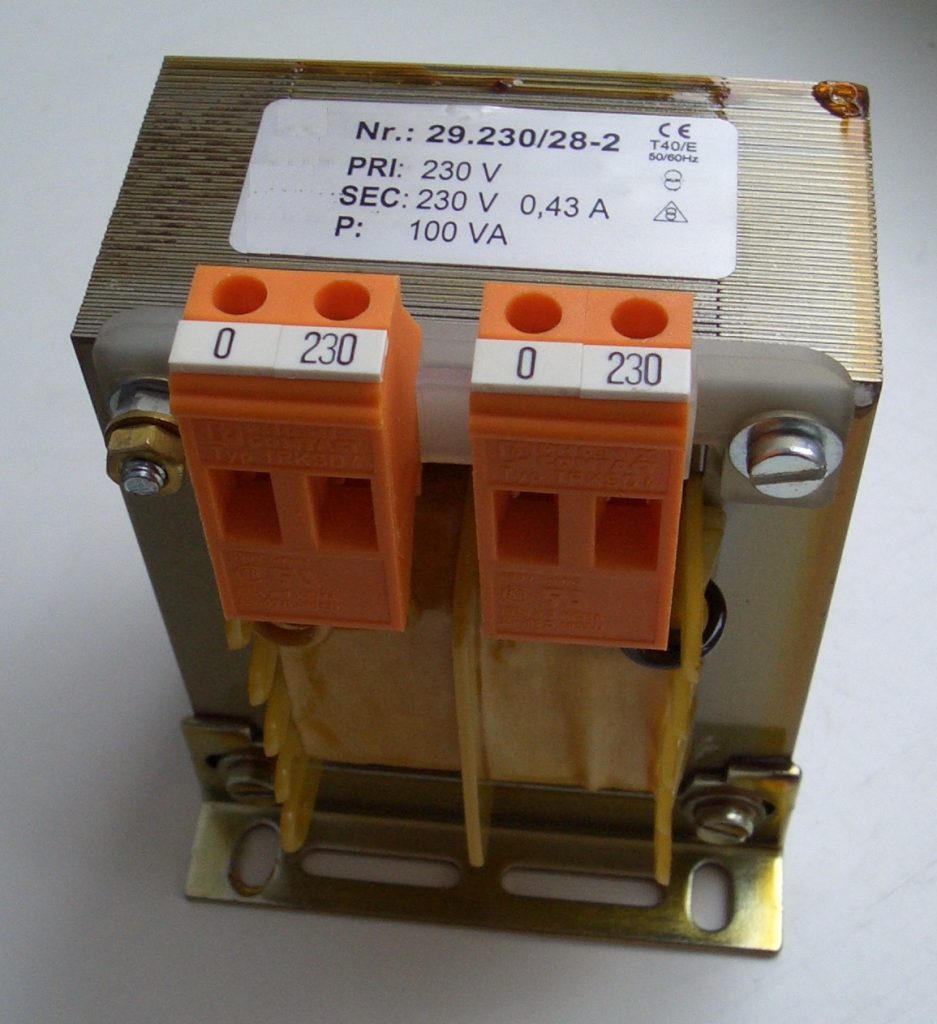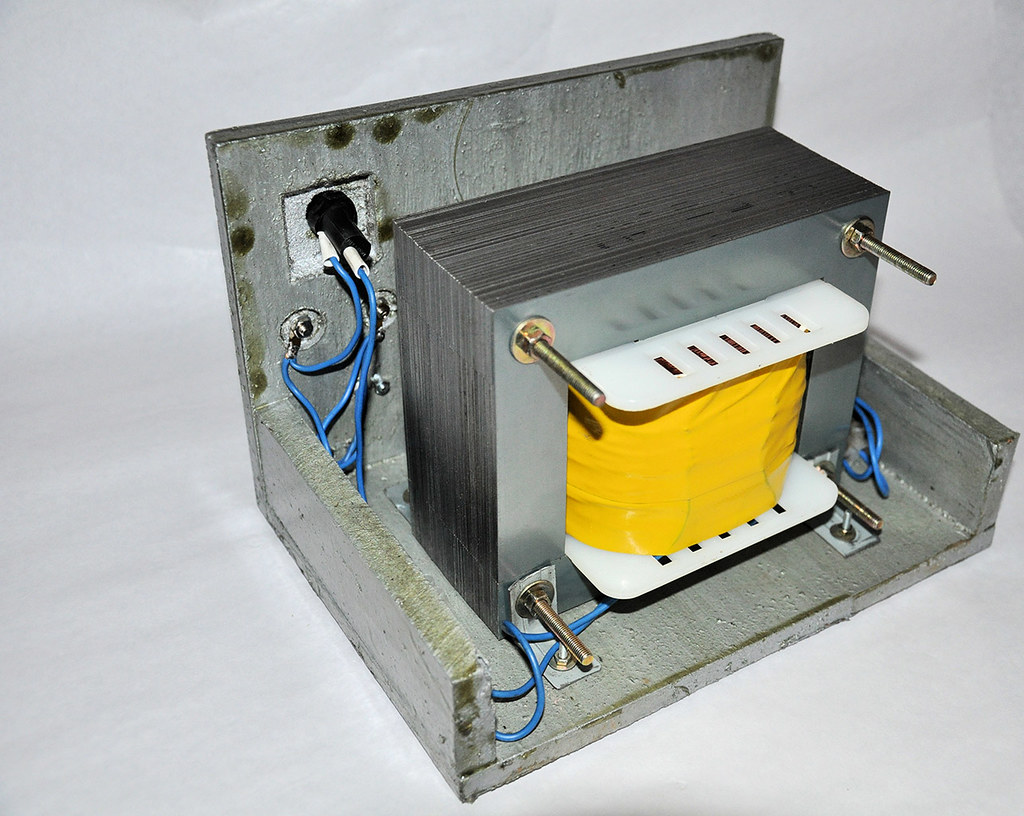Summary
– Isolation transformer: its definition
– What is an electrical installation
– Isolation transformer: its use
– Isolation transformer: dimension and standards
Isolation transformers are safety devices that integrate an electrical installation for the protection of persons, but also downstream equipment. Isolation transformers prevent malfunctions in the same installation.
To begin with, let’s consider what is an electrical installation?
What is an electrical installation?
The electrical installation remains the essential element for the functioning of your home: heating, kitchen, light fixtures…All the equipment necessary for your electrical comfort. Its development and compliance with safety standards are therefore essential. Here is some advice to guide you in your domestic electrical installation.
Domestic electrical installation: composition
The electrical installation of your home includes the following elements:
Electricity meter: this device records your electricity consumption. The most common models are usually graduated or dial models. If you have a more recent home, you may have an electronic meter. This advanced version allows you to transmit your electricity consumption to your electrical supplier without an intermediary;
Electrical panel: this box must be located inside your home to avoid being exposed to bad weather and temperature variations. It allows you to manage the different systems that make up your domestic electrical installation in the same place;
Circuit breaker: the circuit breaker allows you to switch off all the electrical systems in your home in one action to avoid a short circuit or the propagation of overheating;
Fuse: fuses are used to cut off faulty circuits in your domestic installation in the event of a short circuit or current leakage. Its internal filament melts in the event of overheating, causing the faulty system to shut down;
Load-shedding device: this equipment is not mandatory but can facilitate the management of your domestic installation. Indeed, this device is used to manage your various equipment and feeds them according to their usefulness; it distinguishes priority devices from non-priority ones.
Now, let’s come back to the isolation transformer.
Isolation transformer: its definition

An isolation transformer, also known as an “isolating transformer”, is an electrical apparatus for isolating several hazardous active parts. In other words, the isolation transformer is a safety device that allows the separation between two networks.
The primary and secondary windings are galvanically isolated. The output voltage and the input voltage are of the same RMS value.
Note: the active conductors are therefore isolated, as the primary part is separated from the secondary. The isolation transformer provides protection against electric shocks.
Isolation transformer: its use
The isolation transformer, isolating any disturbance, is used for the protection of many sites, premises and equipment:
– computers in networks and computer rooms;
– laboratory and operating room equipment;
– razor outlets and bathroom equipment;
– pool and swimming pool lighting.
Good to know: the isolation transformer lowers the voltage below the critical threshold for people; it also makes it possible to change the neutral regime. This is useful for any use of sensitive electronic equipment.
Isolation transformer: dimension and standards
The secondary part of the transformer must be the subject of an SLT (Earth Connection Scheme). The dimension of an isolation transformer is relative to the power of the installation.
To size it, it is necessary to accumulate the different electrical equipment and appliances and it is advisable to slightly oversize it to avoid any overheating problems.
Different standards regulate the use and quality of isolation transformers:
– IEC 60726 and NF C 52 -726, for insulation transformers;
– IEC EN 61558-2-15, for transformers for hospital premises;
– IEC EN 61558-2-4, for isolating transformers.
Here is an interesting post on How is the regulation of a transformer determined?
Depending on their purpose, the standards for isolation transformers are specific. It is therefore advisable to contact a professional distributor and to comply with the regulations in force.
Good to know: Isolation transformers are available in single-phase and three-phase. In order to meet the different configurations of installations and equipment on-site or otherwise, insulation transformers can be custom-made by distributors specializing in electrical switchgear.

